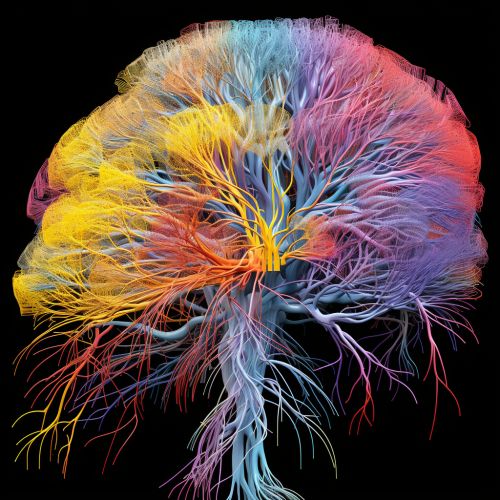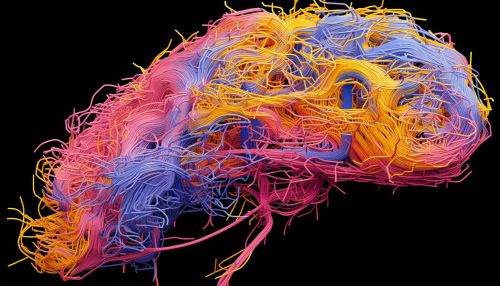Neuroscience of Language
Introduction
The neuroscience of language refers to the study and analysis of the neural mechanisms involved in the comprehension, production and abstract thinking about language. This field combines knowledge and research from both the fields of neurology and linguistics, creating a comprehensive understanding of how our brains process language.


History
The history of the neuroscience of language began in the 19th century with the pioneering work of Paul Pierre Broca and Carl Ludwig Wernicke. Broca's and Wernicke's discoveries of the areas of the brain that are responsible for language production and comprehension, respectively, laid the groundwork for the field.
Language Processing in the Brain
Language processing in the brain is a complex process that involves a network of regions in the brain. The two most well-known areas involved in language processing are Broca's area and Wernicke's area. These areas are connected by a bundle of nerve fibers called the arcuate fasciculus.
Broca's Area
Located in the frontal lobe of the brain, Broca's area is associated with the production of language, or speech. Damage to this area, known as Broca's aphasia, results in difficulty in speaking and writing, a problem known as non-fluent aphasia.
Wernicke's Area
Wernicke's area, located in the superior temporal gyrus in the dominant cerebral hemisphere, which is the left hemisphere in about 95% of right-handed individuals and 70% of left-handed individuals, is responsible for the comprehension of speech. Damage to this area results in Wernicke's aphasia, characterized by fluent but nonsensical speech and difficulty understanding spoken and written language.
Neural Plasticity and Language
Neural plasticity, or neuroplasticity, refers to the brain's ability to change and adapt as a result of experience. This plasticity plays a key role in the acquisition of language skills. Studies have shown that exposure to a second language at a young age increases the plasticity of the brain, making it more adaptable in other types of learning as well.
Language Disorders and the Brain
There are numerous language disorders associated with brain damage or malformation. These include, but are not limited to, dyslexia, dysgraphia, aphasia, and specific language impairment.
Future Directions
The neuroscience of language is a rapidly evolving field. With the advent of more sophisticated imaging technologies, such as functional magnetic resonance imaging (fMRI) and positron emission tomography (PET), researchers are now able to observe the brain in action and in real time. This has opened up new avenues of research and has the potential to greatly enhance our understanding of how the brain processes language.
